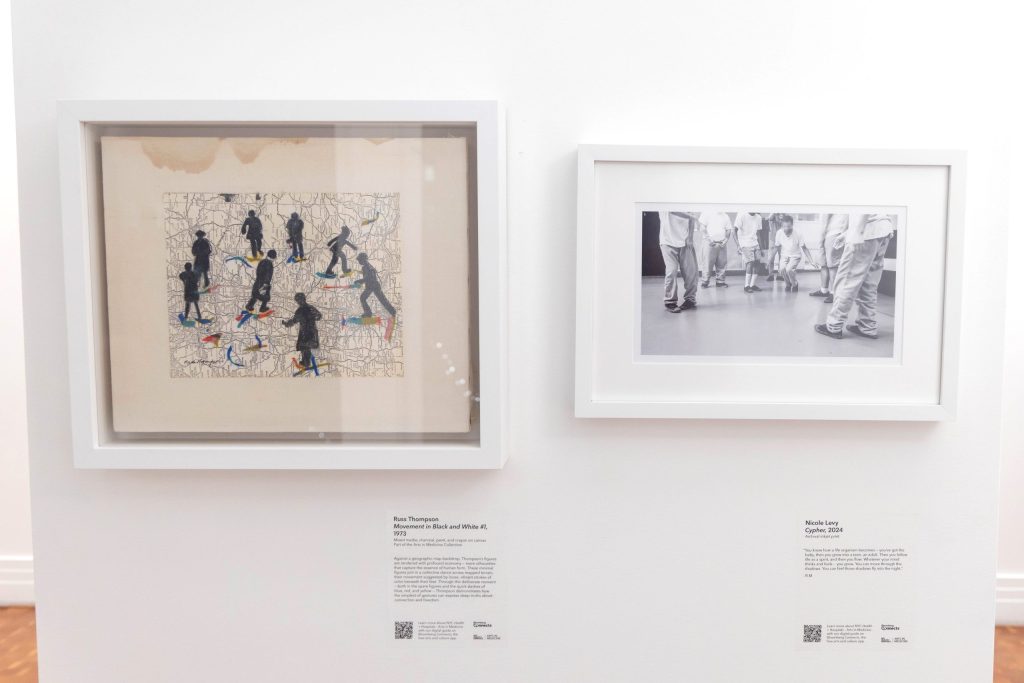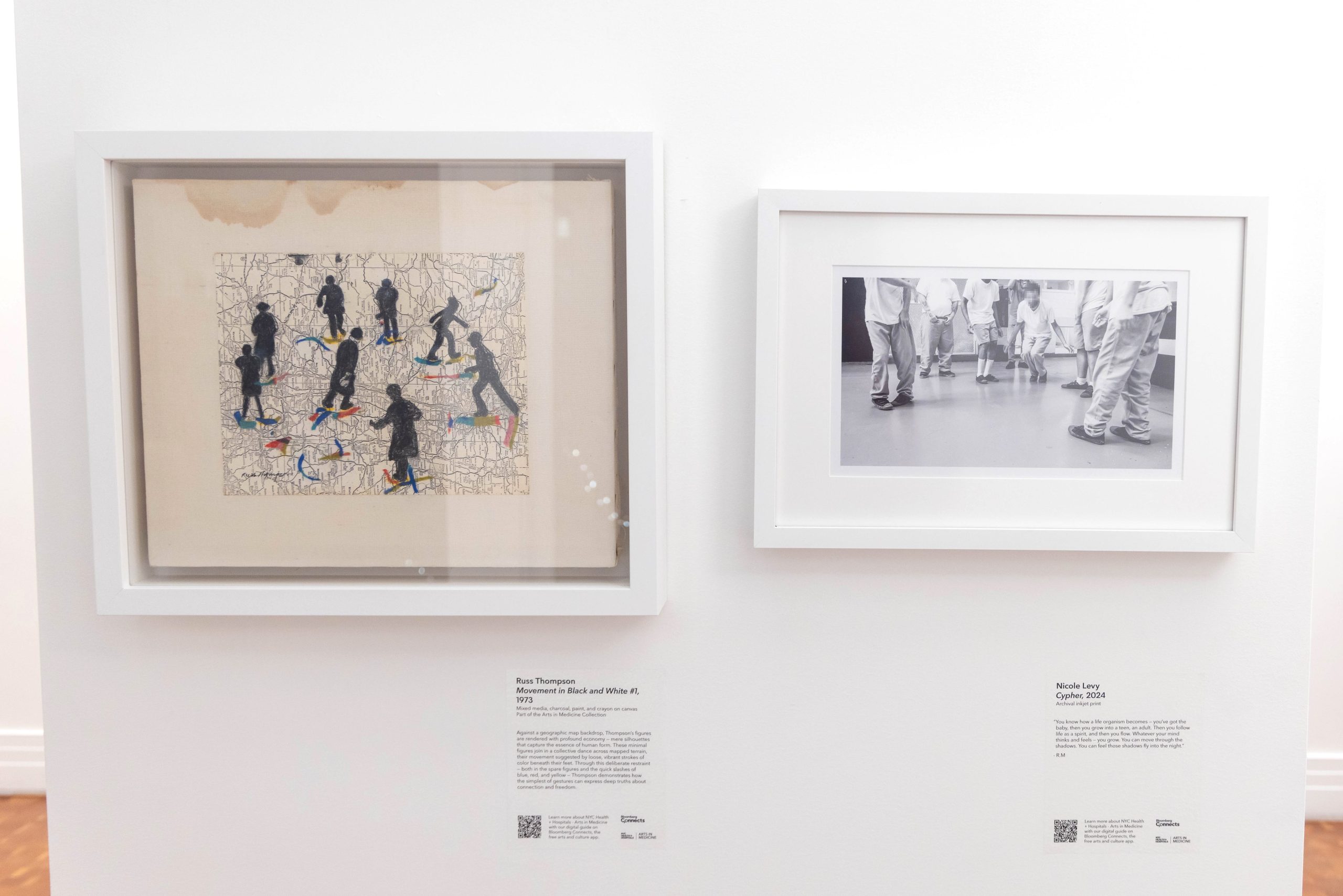
New Brooklyn Arts Center Opens to Support Formerly Incarcerated Artists

Title: Art as Advocacy: The Center for Art and Advocacy Uplifts Formerly Incarcerated Artists
In the heart of Brooklyn’s Bedford-Stuyvesant neighborhood, a powerful new cultural space has opened its doors. The Center for Art and Advocacy is a groundbreaking nonprofit dedicated to supporting artists affected by incarceration. With its inaugural exhibition “Collective Gestures: Building Community through Practice,” the center is redefining how society views justice, rehabilitation, and artistic expression.
Launched in 2022, the Center is the brainchild of Jesse Krimes—himself a formerly incarcerated artist—who has long believed in the transformative role of art in confronting injustice. Acting as a successor to the Art for Justice Fund, the Center is a multi-faceted initiative anchored in community building, creative empowerment, and social impact.
A Home for Justice-Oriented Art
The Center’s new 2,600-square-foot location situates itself within an affordable housing complex—an apt symbol for its commitment to accessibility and equity. This physical space acknowledges and embraces the strong connection between incarceration, race, and economic inequality. Located in a historically Black and working-class area, the Center reflects the lived realities of incarceration-impacted communities.
The main gallery space has been outfitted with movable walls and projection screens to present a dynamic range of artistic works—from silicone sculptures and gouache paintings to documentary film screenings. But what most distinguishes these pieces isn’t just their medium or aesthetics—it’s their meaning. Every work displayed was created by a fellow of the Right of Return (RoR) Fellowship, a flagship initiative of the Center.
The Right of Return Fellowship
First launched in 2017, the RoR Fellowship annually awards six artists a $20,000 grant to develop a project that addresses themes related to incarceration and reentry. RoR fellows come from diverse backgrounds and art disciplines, and all share one commonality: they have each been formerly incarcerated.
Artists like Courtney Cone exemplify how personal experience fuels poignant creativity. Cone’s sculptures, “Slop (top)” (2017) and “Floater” (2016), starkly confront the bodily dehumanization of women in prison through their fleshy, disjointed forms made of silicone. These pieces encapsulate vulnerability and resistance, inviting viewers to look beyond society’s superficial assumptions about people who have been incarcerated.
Sheri Crider, another RoR alumna, draws upon a road trip encounter with Geronimo’s capture site to link personal narrative with Native history. Her work lays bare the ways that historical trauma and state violence intersect, while remaining deeply personal.
Similarly, Omari Booker, a Nashville-based artist who spent 15 years in prison, offers “Hero” (2024)—a compassionate portrait of his unhoused neighbor, B, seen standing atop a gas station. Booker’s work furthers the central idea that true freedom transcends physical release—it involves being seen, heard, and validated.
Spaces for Growth and Connection
The Center for Art and Advocacy doesn’t stop at showcasing artwork. It encompasses three interconnected programs: the RoR Fellowship, the upcoming Academy (a mentorship and professional development program), and a Pennsylvania-based residency set to launch in 2025.
Jesse Krimes envisions the Center also functioning as a community hub—hosting conversations about criminal justice, offering resources, and connecting artists with broader audiences and institutions. Partnerships are already forming with the Brooklyn Museum and The Laundromat Project to amplify its mission.
In a city increasingly shaped by gentrification, the Center’s decision to root itself in Bed-Stuy instead of a high-profile arts district is also a political statement. It brings visibility and resources to an area disproportionately affected by incarceration, fostering healing and pride through creative exchange.
A Diverse Cohort United by Vision
The diversity and richness of the RoR alumni are on full display in the group exhibition currently running through September 20. Street artist Victor “Marka27” Quiñonez’s installation, “Sandia Prayer Flavor” (2025), features a giant rosary-draped popsicle that critiques U.S. Immigration and Customs Enforcement (ICE). His participation underlines how the carceral state extends its reach to immigrant communities through abuses of power.
Artists like Gilberto Rivera (“Jail Bird I” and “Jail Bird III”) and Sherrill Roland (“Family Portrait #SW-3”) further expand on themes of identity, resilience, and familial legacy, allowing viewers to engage with the human stories beneath the statistics and headlines.
Even multimedia storytelling has found a home here. Videos like Antwan Williams’s “Processing” (2025) allow visitors to experience the psychological aftermath of incarceration through film—a medium particularly suited to immersive narrative.
A Call for Holistic Justice
The Center for Art and Advocacy confronts a core truth: justice must extend beyond sentencing reform and prison abolition. It must account for healing, empowerment, and systemic transformation. Art, in this context,